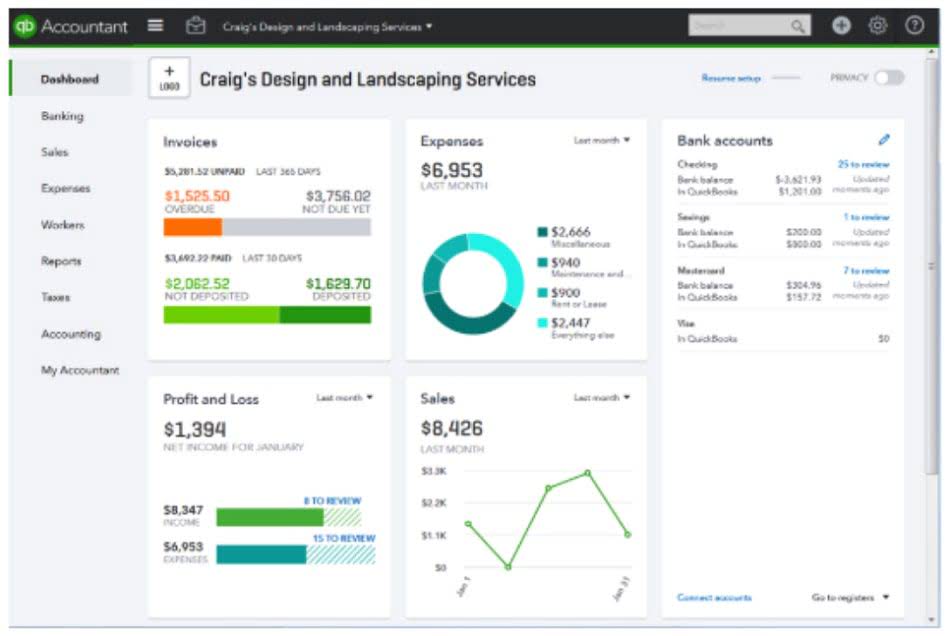
A company can leave the financial statements blank for all times when work was in progress. It will violate the accrual principle to record some million revenues at the end of the construction. Upon project completion, the company transfers the CIP balance to the “Buildings” fixed asset account, and depreciation begins. Once expenses cip accounting are recorded, they need to be allocated to the appropriate asset account. CIP accounting and Work in Progress (WIP) accounting are often used interchangeably, but they have different meanings.

Depreciation Expense Account Vs. Allowance for a Depreciation Account
Contents
- The IAS 11 construction contract is a comprehensive document dictating the complete accounting for construction in progress.
- Companies select between these methods based on their risk appetite, available resources, type of construction activities, and reporting requirements.
- For example, if a company spends $500,000 on constructing a warehouse, those costs are tracked in the CIP account until the warehouse is operational.
- These platforms allow for real-time tracking of expenses, revenue recognition, and financial reporting, thereby enabling better decision-making and financial control.
- Tracking costs in CIP accounts helps monitor project expenses closely, identify potential budget issues, and make necessary adjustments early.
- During the construction phase, costs are capitalized rather than expensed, meaning they are recorded as an asset on the balance sheet.
Construction-in-Progress (CIP) accounting is indispensable for businesses striving to maintain accurate and comprehensive financial records. In the realm of financial reporting, balance sheets serve as vital documents, offering insights into a company’s financial health by detailing its assets, liabilities, and equity at a specific point in time. CIP accounting is a critical aspect of financial management for construction and asset-intensive businesses. By understanding its principles, adopting best practices, and leveraging tools like Planyard, you can ensure accurate cost tracking, enhance transparency, and make informed financial decisions.
Example of Construction Work-in-Progress
For example, costs related to the design and planning of a project may be capitalized early on, while costs related to construction activities may be capitalized later as the project progresses. Accountants do not begin tracking depreciation of construction-in-progress assets until the addition is complete and in service. As a result, the construction-work-in-progress account is an asset account that does not depreciate.

Challenges in CIP Accounting
Another important aspect of revenue recognition in CIP is the treatment of change orders and claims. Change orders, which are modifications to the original contract, can significantly impact the project’s scope and cost. These changes must be carefully documented and approved to unearned revenue ensure that the additional revenue and costs are accurately reflected in the financial statements.
For the past 52 years, Harold Averkamp (CPA, MBA) has worked as an https://www.bookstime.com/ accounting supervisor, manager, consultant, university instructor, and innovator in teaching accounting online. Selecting the “right” software for your company might seem like an overwhelming task, but we’d like to help make this process easier for you. Innovative software to manage your accounting, people, payroll, payments, and more. Industry focus allows us to be experts in the accounting needs of the companies that operate within these industries.
- Revenue recognition is the process of recording and reporting revenue in financial statements.
- Accurate CIP tracking paves the way for successful on-time and on-budget project delivery – delivering immense value for construction firms and their stakeholders.
- Depreciation is calculated using several methods, including straight-line, accelerated, and units of production.
- As construction projects grow in complexity, specialized CIP accounting technology and staff training help firms optimize financial oversight.
- Upon project completion, the company transfers the CIP balance to the “Buildings” fixed asset account, and depreciation begins.
However, there are chances that the term process written in a financial statement instead of progress indicates the business nature. Under the IAS 11.8, if a construction contract relates to building two or more assets, each asset will be treated as a separate contract if specific conditions are fulfilled. The IAS 11.9 regulates the treatment of two or more assets’ construction as a single contract if they are negotiated as one contract. This gives you a firsthand look at how we can support your financial goals and enhance your business operations. Digital Twins – Virtual models of construction sites updated in real-time facilitate remote monitoring, simulations, and predictive analytics regarding costs and scheduling.

Transitioning to Fixed-Asset Accounts:
Depending on the project’s size, construction work-in-progress accounts can be some of the largest fixed asset accounts in a business’s books. However, unlike other fixed assets, CIP does not undergo depreciation until the construction is complete, and the asset is put into use. While both CIP and WIP (Work in Progress) accounting deal with ongoing projects, they serve different purposes.
This method keeps the CIP account balanced and accurately reflects total project costs. Tracking costs in CIP accounts helps monitor project expenses closely, identify potential budget issues, and make necessary adjustments early. This proactive approach supports better budgeting and financial planning for future projects. In conclusion, Viindoo is a comprehensive accounting software solution that can assist construction companies with their CIP accounting needs. We hope you can apply the above information about CIP accounting to your accounting process.

This percentage completion appropriation method is most common when a contract of delivering a large number of similar assets is made. For instance, it can be a contract to manufacture tires for a car manufacturing company. In this method, the number of units manufactured is divided by the total number of units to be manufactured.
